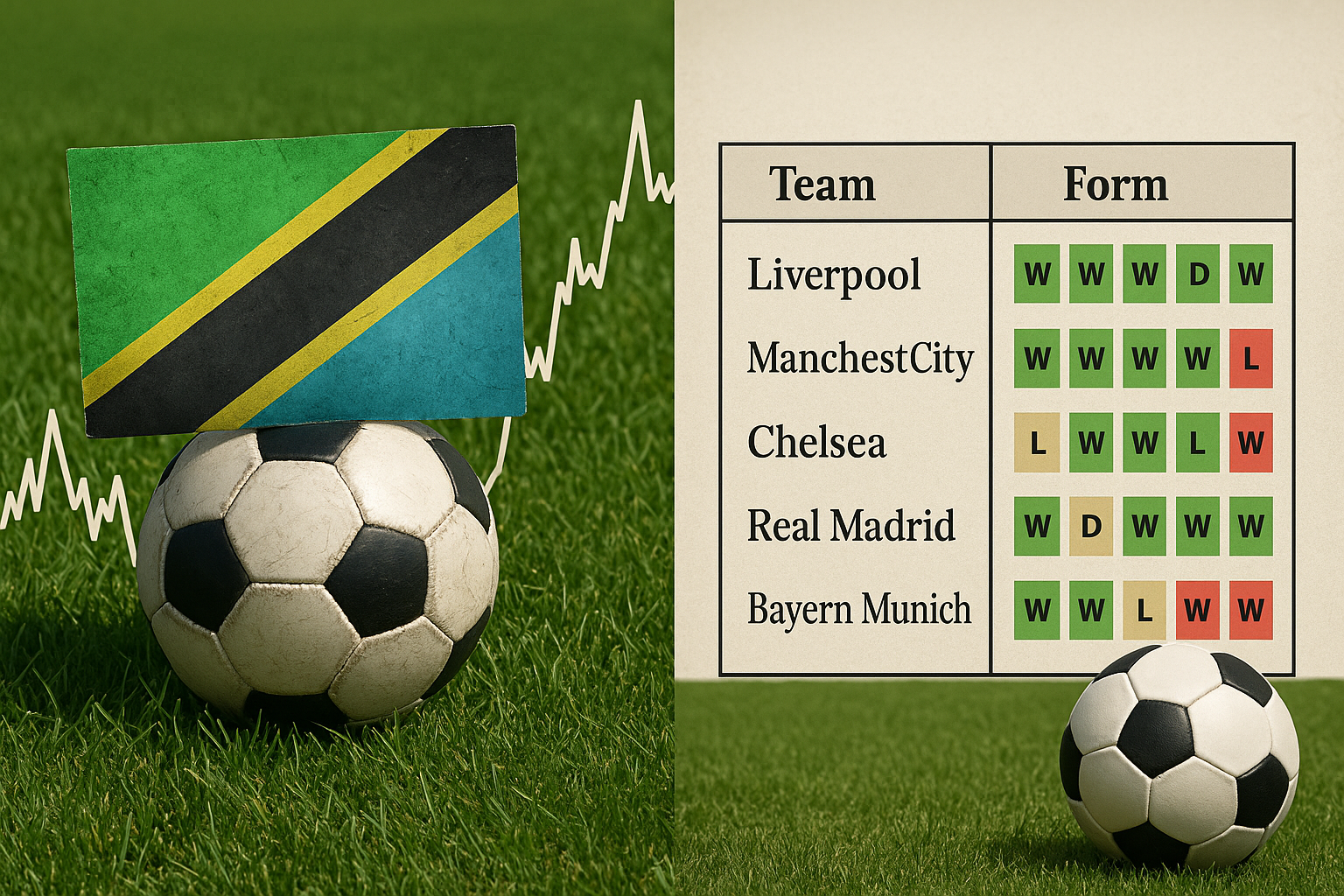It’s imperative for you to stay informed about the latest trends and metrics when engaging in basketball player props betting. By understanding key statistics such as player efficiency ratings, shooting percentages, and historical performance against specific opponents, you can make more informed decisions that could enhance your betting strategy. This post will guide you through the vital stats to monitor, enabling you to leverage your knowledge for maximum profitability while minimizing risks associated with player performance fluctuations.
Key Takeaways:
- Monitor player performance metrics such as points per game, rebounds, assists, and shooting percentages to identify favorable betting opportunities.
- Pay attention to matchups and the defensive capabilities of opposing teams, as they can significantly impact a player’s prop bet outcomes.
- Injuries and fatigue levels can alter a player’s performance, so staying updated on player health reports can enhance your betting strategy.
Decoding Player Performance: Essential Metrics
Understanding player performance metrics allows you to make more informed bets on basketball props. Metrics like points per game, assists, and rebounds provide valuable insights into how players influence the game. Broadening your knowledge of these statistics empowers you to anticipate player outcomes and make more strategic wagers.
Points per Game: The Scoring Baseline
Points per game (PPG) serves as the primary indicator of a player’s scoring ability, often used as a baseline for assessing their performance. Players averaging over 20 points per game typically have a significant impact on their team’s offensive capabilities, while those below may struggle to contribute consistently. Evaluating PPG in conjunction with shooting efficiency helps you distinguish between high-volume scorers and those who make their shots count.
Assists and Rebounds: The Playmaker’s Impact
Assists and rebounds are critical to evaluating a player’s overall influence on the game. A player who excels in facilitating scoring opportunities exhibits a high assist rate, reflecting their playmaking abilities. Meanwhile, rebounds signify a player’s ability to control possessions and limit opponents’ second-chance points. For instance, players like Nikola Jokić not only score prolifically but also consistently contribute high assist and rebound totals, solidifying their value in a basketball betting context.
The Influence of Matchups: Opponent Analysis
Matchups can dramatically influence a player’s performance on any given night. Assessing the strengths and weaknesses of the opposing team’s defense is vital; for instance, if your player goes against a team known for stifling scoring guards, their prop bets may be less favorable. Conversely, a matchup against a team weak in rebound defense might present an opportunity for your player to excel. Analyzing historical trends between teams can provide insight into how well players perform against specific defenses.
Defensive Strategies and Their Effect on Player Props
Understanding the defensive strategies employed by opponents can significantly impact player prop bet outcomes. Teams using a tight man-to-man defense may limit scoring opportunities for certain players, while zone defenses can create mismatches that allow for extended scoring and rebounding chances. For instance, if your player is adept at exploiting soft spots in zone defenses, their chances of hitting the over on point totals increase accordingly.
Historical Performance Against Specific Defenses
Delve into historical data to uncover your player’s historical performance against specific defenses. Patterns often emerge that reveal how effectively they perform against certain defensive schemes or star players. For instance, if a shooter consistently excels against teams that focus on interior defense but struggles against those with aggressive perimeter defenders, these insights can guide your betting decisions.
A closer look at historical performance can also reveal trends across multiple seasons. For example, a guard who averages 28 points per game against teams utilizing a weak pick-and-roll defense showcases the need to exploit these matchups when they arise. Analyzing these past encounters can highlight favorable prop betting opportunities that align with specific game conditions, ensuring you capitalize on previous performances to enhance your betting strategy.
Injury Reports and Their Ripple Effect
Injuries can send shockwaves through the betting landscape, affecting not just player performance but also the overall dynamics of a game. When a key player is sidelined, you’ll often see lines shift dramatically as sportsbooks scramble to adjust. Keeping an eye on injury reports is important for identifying opportunities to exploit favorable odds that arise from such shifts.
The Immediate Impact of Injuries on Player Prop Lines
When a player is ruled out due to injury, sportsbooks will typically adjust prop lines for remaining teammates almost immediately. For example, if a team’s leading scorer is injured, expect their replacement’s point total prop to rise significantly. These adjustments can create immediate betting windows for prop bets that weren’t previously favorable.
Frequently Overlooked Stat Adjustments During Injury Recovery
As players recover from injuries, their performance metrics may not bounce back immediately, which can create hidden value in prop betting. Pay attention to not just their overall stats but also how injuries affect their efficiency ratings, shot selection, and minutes played. Many bettors overlook these subtleties, making it advantageous for you to capitalize.
While a player may return to the court after an injury, their form can still be compromised. Look for metrics like shooting percentages, turnovers, and minutes played to assess how the injury might still be impacting their gameplay. For instance, a player recovering from an injury may have reduced minutes or may be restricted in certain movements, leading to less effective shooting. If you notice a player’s point total prop has not been adjusted accordingly, this might present a prime opportunity for a savvy bet. Awareness of their recovery trends can become your key advantage.
The Role of Game Context: Situational Factors
An in-depth analysis of game context can significantly enhance your betting strategies for basketball player props. Factors such as injuries, matchups, and home versus away games play pivotal roles in determining player performance. You’ll want to consider the following aspects:
- Injuries to key players or mismatches that may affect overall play.
- Historical statistics between teams to predict outcomes related to performance.
- Motivation levels of teams, especially in playoff situations.
This consideration of situational factors helps in forming more accurate predictions.
Home vs. Away Performance Trends
Your assessment of home versus away performance trends can provide a significant edge when placing bets. Players often have improved performance statistics at home due to familiar environments and fan support. For instance, certain players may average 5-10 more points per game at home compared to their away averages. Analyzing these trends enables you to capitalize on value bets based on location.
Importance of Game Pace and Its Statistical Relevance
The pace of a basketball game inherently influences player statistics, making it a vital statistic to monitor. A game played at a fast pace will typically see increased scoring opportunities, directly impacting points, rebounds, and assists for players. Conversely, a slower-paced game may lower these metrics. Understanding the average possessions per game for both teams involved can help you anticipate how that may affect individual player output. Teams that push the tempo create a greater potential for player props to hit, so always check the pace statistics before placing your bets.
Betting Market Trends: How Public Perception Shapes Odds
Public sentiment plays a significant role in shaping betting odds. As narratives around teams and players develop, these perceptions can lead to skewed lines that may not reflect the true odds based on statistical analysis. For instance, a superstar player coming off a big game often attracts more bets, which can artificially inflate points or statistical lines. Understanding this dynamic gives you an edge in spotting potential discrepancies between public perception and actual performance metrics.
Analyzing Betting Lines and Shifts in Public Sentiment
Monitoring fluctuations in betting lines is vital in assessing public sentiment. For example, if a point spread shifts significantly towards one team ahead of a game, it may indicate a heavy influx of bets on that team. Scrutinizing these movements helps you gauge whether the shift is based on informed analysis or mere hype. In turn, this allows you to adjust your strategies, either capitalizing on a missed evaluation or avoiding overvalued bets.
Identifying Value Bets Amid Market Movements
Identifying value bets amidst market shifts entails recognizing when the odds do not accurately reflect the players’ or teams’ true potential. For instance, if a player is undervalued after a few poor performances, statistics—such as advanced metrics or matchup history—may indicate a recovery is imminent. You can capitalize on this by placing bets before the public catches on to the player’s true form, ultimately allowing you to stake your claim at more favorable lines.
To effectively identify value bets during market fluctuations, focus on statistical trends and situational analysis that others may overlook. For example, a prominent player’s scoring average might dip due to increased defensive coverage, not a decline in skill. Observing factors like matchups, player fatigue, or even injuries can reveal opportunities where the market has overreacted. By combining this knowledge with in-depth stats, you enhance your betting strategy, leading to more informed and potentially profitable decisions in the long run.
Final Words
As a reminder, when betting on basketball player props, it’s crucial to focus on key stats such as points per game, rebounds, assists, and shooting percentages. Understanding these metrics can significantly enhance your betting strategy and help you make informed decisions. Additionally, consider factors like player matchups, minutes played, and historical performance against specific defenses. By keeping these indicators in mind, you’ll improve your chances of finding value in your wagers and potentially increase your overall success in sports betting.
Q: What are player props in basketball betting?
A: Player props, or player proposition bets, allow bettors to wager on the performance of an individual player rather than the outcome of the game. These can include bets on various statistics, such as points scored, rebounds, assists, or any other quantifiable player performance metrics. For example, a common player prop bet might be whether a specific player will score over or under 20.5 points in a game.
Q: Which key stats should I monitor when betting on basketball player props?
A: Several key statistics are important to track when betting on player props. These include points per game (PPG), assists per game (APG), rebounds per game (RPG), shooting percentage, and usage rate. Additionally, one should consider matchups against the opposing team’s defense, recent injury reports, and any historical performance trends. The combination of these stats can provide insight into a player’s likelihood of hitting their prop bet line.
Q: How does a player’s matchup impact my prop bets?
A: The quality of a player’s matchup can significantly influence their performance and, consequently, the outcome of prop bets. For instance, if a player has a favorable matchup against a weak defensive team or is facing an opponent with key injuries, their statistical output is likely to be higher. Conversely, if a player is matched against top defenders or a strong defensive team, it may be wise to adjust your betting strategy. Monitoring these matchup dynamics can give bettors an edge in their prop betting decisions.




